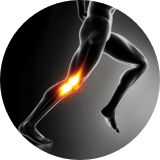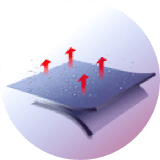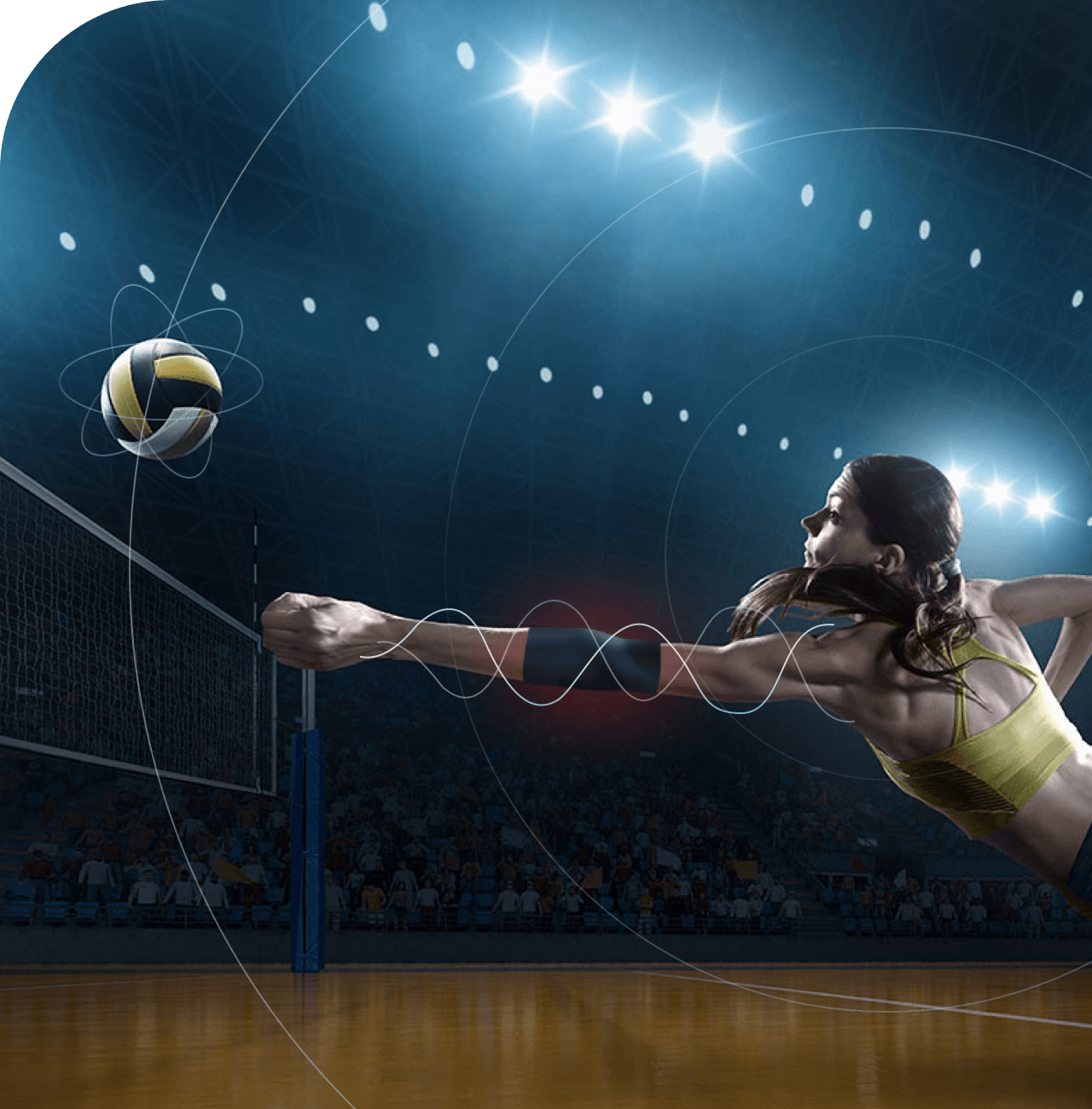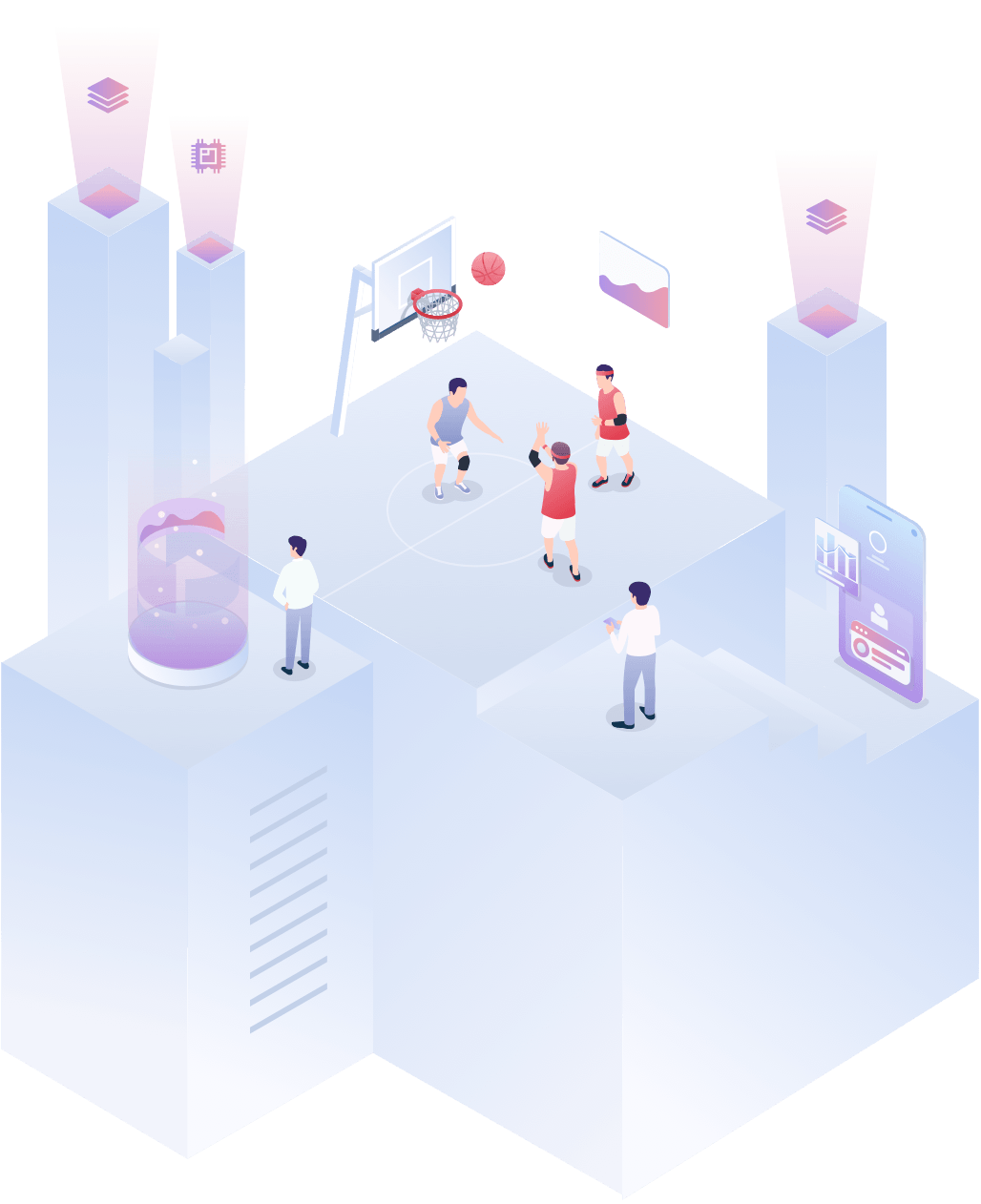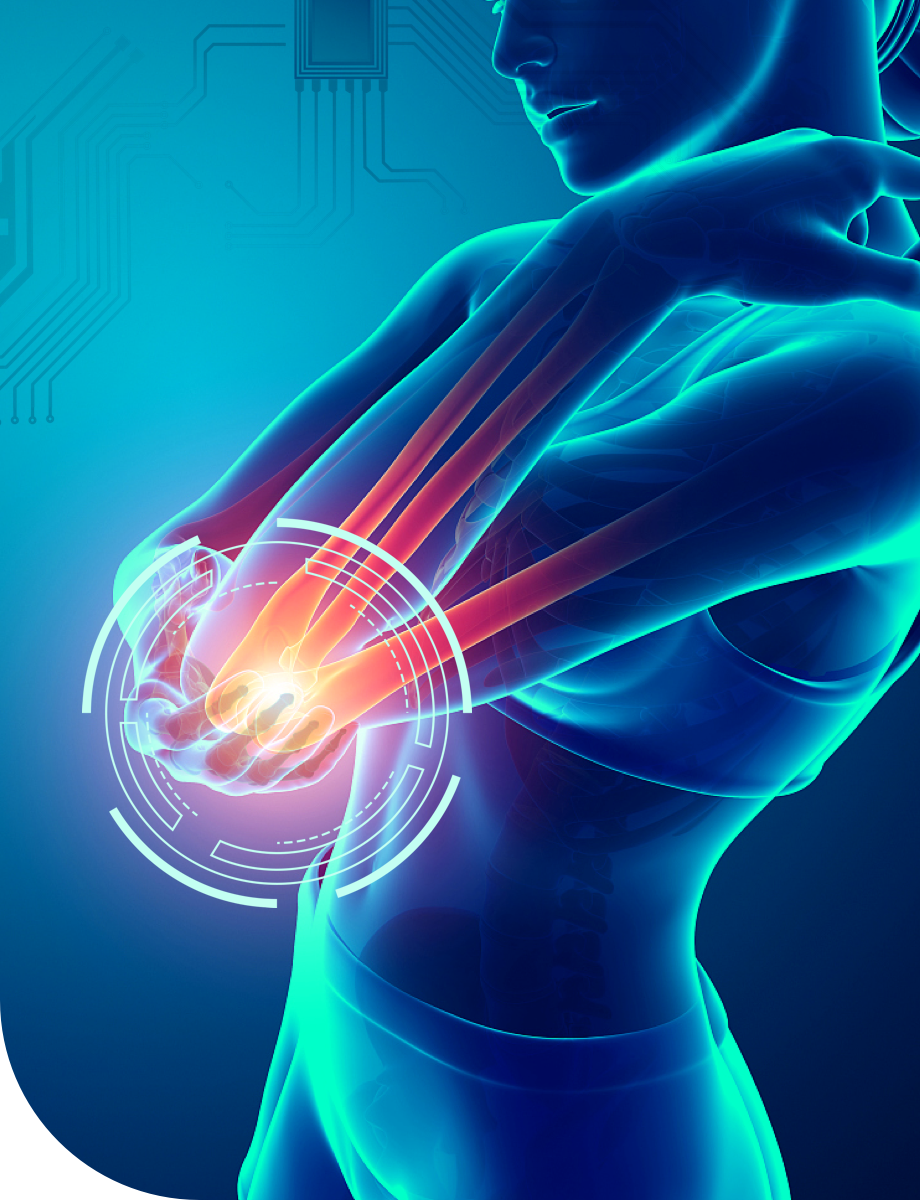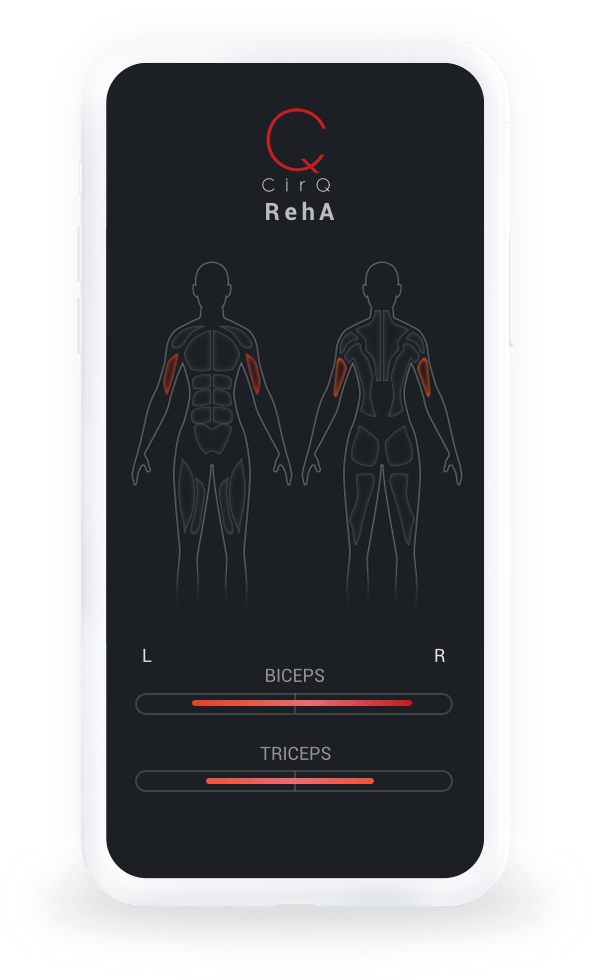
RehA monitors which muscles are actuating and to what degree in order to avoid over-training or underperforming.
Collected data is visually displayed within the app providing the user with a post work-out summary of joint load, and suggests optimized, personalized recovery strategies.
